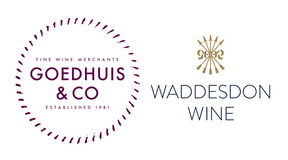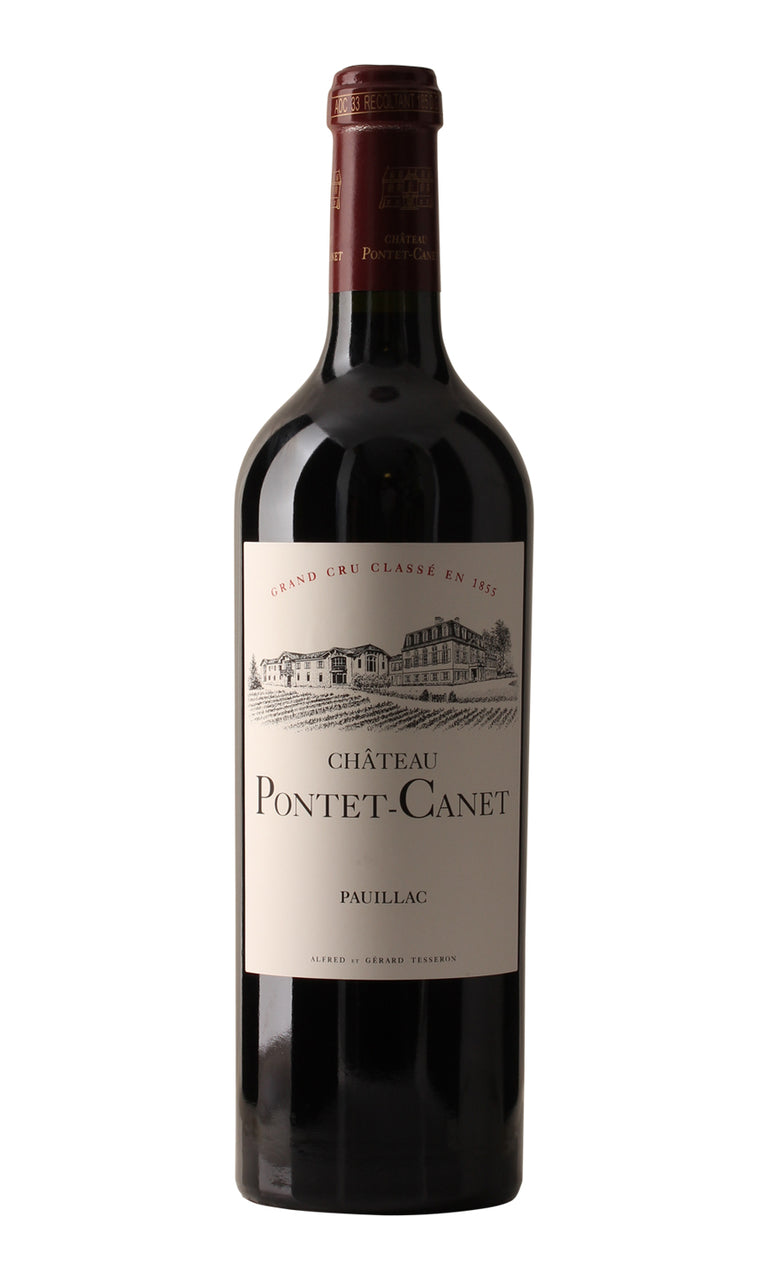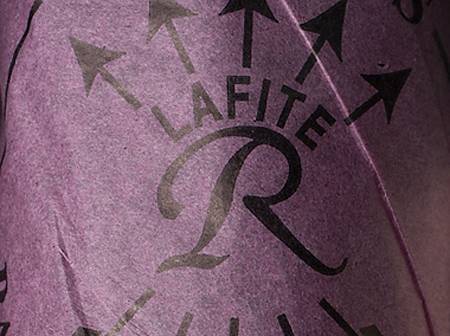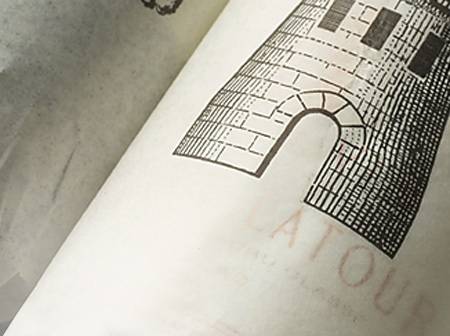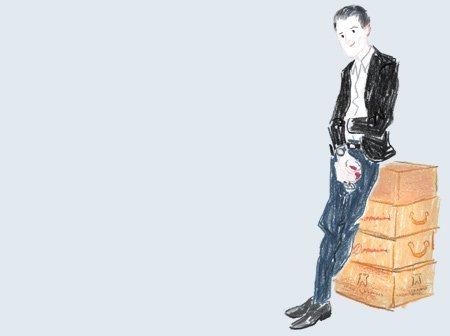- Colour Red
- Producer Château Pontet-Canet
- Region Pauillac
- Drinking 2005 - 2025
- Case size 12x75cl
- Available Now
1995 - Ch Pontet Canet 5ème Cru Pauillac - 12x75cl
- Colour Red
- Producer Château Pontet-Canet
- Region Pauillac
- Drinking 2005 - 2025
- Case size 12x75cl
- Available Now
Select pricing type
Need help? Call +44 (0)20 7793 7900 or email wine@goedhuiswaddesdon.com.
-
Goedhuis, August 2006
Undoubtably an offspring of the 1995 vintage, this full-bodied, low acid wine heaves forth notes of dark bramble fruit, cinnamon and leather. One cannot help but be drawn in by its notable power and mouthfilling plushness, which will take several more years to open up and soften. A serious wine.
-
Robert Parker, April 1996, Score: 90-91
The 1995 is another large-scaled, dense, concentrated, full-bodied wine. With less Merlot in the blend than the 1994, the wine is more backward and tannic. The purple color, sweet, jammy aromatics, and muscular feel of this powerhouse suggest 8-10 years of cellaring will be required. It is a 25-30-year wine. Stylistically, this is a 1995 with a 1986-ish richness and tannic ferocity.The 1994 and 1995 Pontet-Canets are the two finest back to back efforts this chateau has made.All of the wines in this segment were tasted between March 19 and March 28 in Bordeaux. Most of the important wines from both the 1994 and 1995 vintages were tasted three separate times during my ten-day stay in Bordeaux. Drink: 2004-2026.
-
Robert Parker, January 1998, Score: 93
The 1995 Pontet-Canet has shed some of its astringency and now appears to be the qualitative equivalent to the terrific, classic 1994. The fruit is sweeter and jammier, and the new oak more prominent in the 1995. This opaque purple-colored wine is medium to full-bodied, concentrated, layered, and long in the finish. I would not be surprised to see the 1995 edge out the brilliant 1994 in 15-20 years. Anticipated maturity: 2004-2025. Last tasted 1/97.
-
Robert Parker, February 1997, Score: 90-92
Readers should take note that the Tesseron family is making major efforts to rebuild the image of Pontet-Canet and establish it as one of the finest wines of the northern Medoc. Quality has soared since the 1994 vintage, but prices have not yet caught up with the "new" Pontet-Canet. However, this is not a forward, luscious, rich, sweet, fruity style of Pauillac (such as the charming Pichon-Lalande and Haut-Batailley), but rather, a dense, masculine, massively-styled wine meant for long-term cellaring. The 1995 Pontet-Canet has shed some of its astringency and now appears to be the qualitative equivalent to the terrific, classic 1994. The fruit is sweeter and jammier, and the new oak more prominent in the 1995. This opaque purple-colored wine is medium to full-bodied, concentrated, layered, and long in the finish. I would not be surprised to see the 1995 edge out the brilliant 1994 in 15-20 years. Anticipated maturity: 2004-2025.
-
Robert Parker, February 1998, Score: 92
An old style Pauillac, yet made with far more purity and richness than the estate's ancient vintages, this broad-shouldered, muscular, classic wine exhibits a saturated purple color, and sensationally dense, rich, concentrated, cassis flavors that roll over the palate with impressive purity and depth. The wine is tannic and closed, but powerful and rich. It appears to possess length and intensity similar to the 1996. This is a great young Pauillac. Anticipated maturity: 2005-2025. The extraordinary effort that Alfred Tesseron is making at this property is reconfirmed with each new tasting note I write on Pontet-Canet. Having recently had the exceptionally impressive 1994 in several tastings, it is a pleasure to see this historic estate turning out wines that behave like super seconds rather than fifth-growths.
Producer
Château Pontet-Canet
This star has been rising since 1994 when Alfred Tesseron began practicing Draconian-like measuresto extract the most potential from his top Pauillac property. Some of the advances include debudding, de-leafing and severe crop thinning. Unlike many advanced Bordeaux cellars, their vinification vats are not set on "auto pilot" but are manually and meticulously controlled. They understand the needs of each vintage vary and re...Read more
This star has been rising since 1994 when Alfred Tesseron began practicing Draconian-like measuresto extract the most potential from his top Pauillac property. Some of the advances include debudding, de-leafing and severe crop thinning. Unlike many advanced Bordeaux cellars, their vinification vats are not set on "auto pilot" but are manually and meticulously controlled. They understand the needs of each vintage vary and respond accordingly.Read less
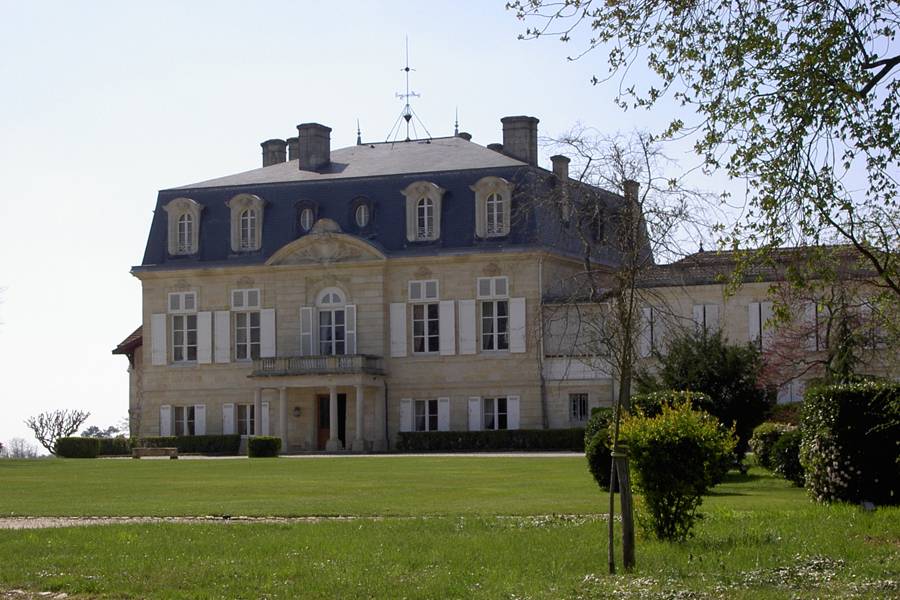
Region
Pauillac
Due south of St Estèphe lies the appellation of Pauillac, the king of Left Bank communes. It is home to three first growths as well as a plethora of other classified growths. Pauillac's renowned well-draining, gravelly soils enable its dominant grape Cabernet Sauvignon to reach fantastic heights of complexity and concentration. As a result, Pauilac's wines tend to be full-bodied with compact tannins and good freshness. Its aromatics are often what one associates with classic Bordeaux: pencil shavings, black currant and occasional mint. Some of the most famous châteaux of the commune are Latour, Mouton Rothschild, Lafite Rothschild, Pichon Baron, Pichon Lalande and Lynch Bages.
